
Fossils
Fossils
Science is based on evidence, and fossils are the primary form of evidence used to recreate the evolution of life on Earth.
Learning Objective: Demonstrate how a fossil forms and explain the types of information that can be determined from fossil evidence.
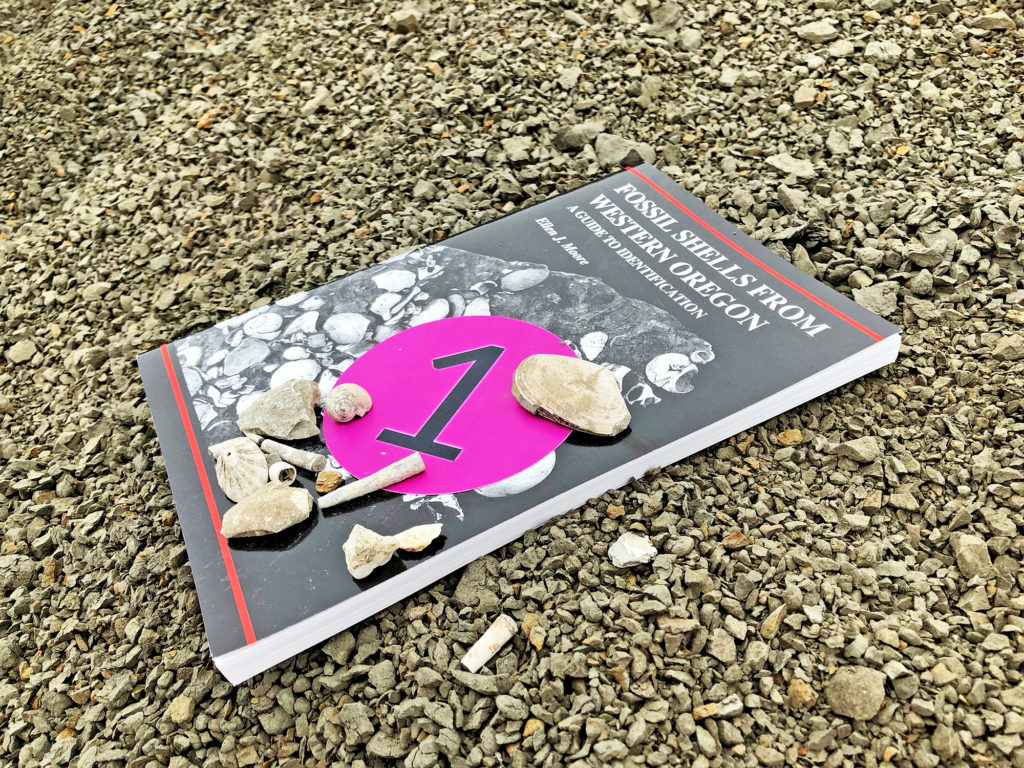
Science is limited to observable phenomena, meaning there needs to be direct or indirect evidence that something has occurred. In the case of the distant past, far before human recorded history, layers of rock and the fossils they contain are the primary evidence of life.
In some cases, the fossil evidence is limited, as in the case of this armored dinosaur. No fully intact specimen has been found, even though it may have been one of the last non-avian dinosaurs in North America.
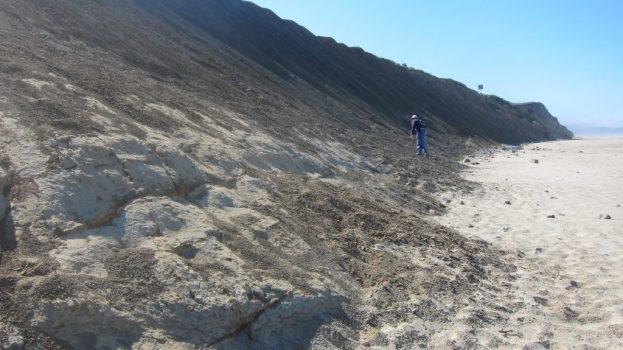
Just north of Newport, Oregon is Beverly Beach, a state park know for overnight camping and one of the easiest to access fossil beds we’ve ever seen.
The fossils are on an eroding cliffside under highway 101, and are continually exposed by wind, rain, and occasional high waves.
Note: always check to see if collecting is legal in a particular location and wear eye protection if extracting fossils from rock.
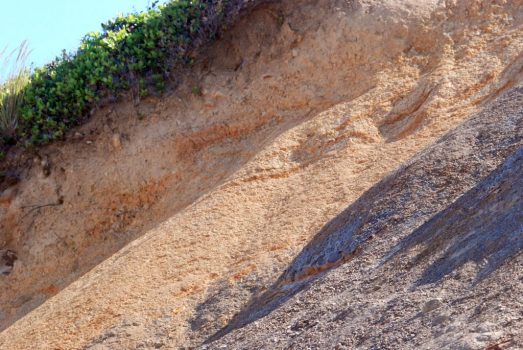
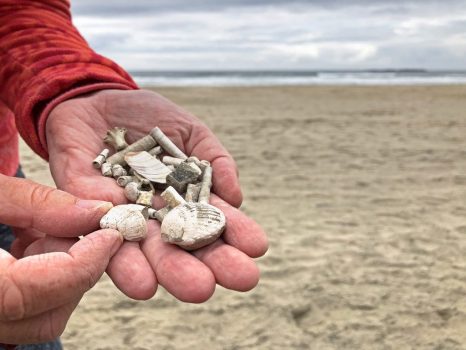
The formation dates to approximately 15 million years ago, and was ocean bottom, so there are fossilized mollusk shells, especially clams and snails.
These are fossils we found eroded off of the cliff face.
Watch this video; you can select the closed captioning “cc” option if you would like to see the text.
This video shows the parts of organisms that fossilize, using store-bought fossil collections.
Since most organisms are microscopic, microfossils are an area of active research into the past.
Watch this video; you can select the closed captioning “cc” option if you would like to see the text.
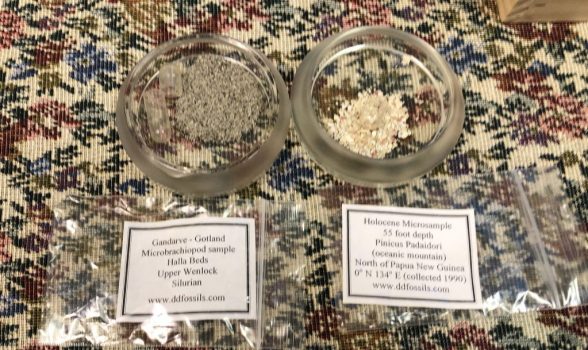
This is our latest batch of microfossils, collected by enthusiasts from beaches and rock formations around the world.
We poured the sample vials and capsules into a glass dish and viewed them at 4x to 40x magnification.
The different “sands” are made up of small rocks and microfossils.
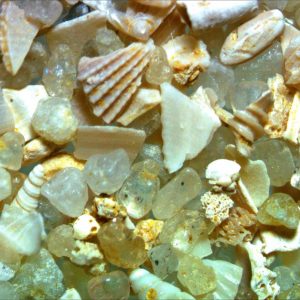
15x
Fossilized shells of the Eocene, collected from the Calcaire limestone beds of Damery, France
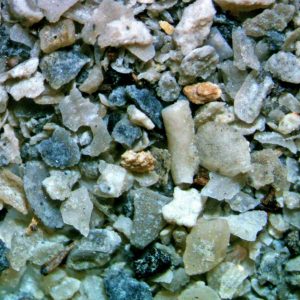
15x
Gray microbrachiopod pieces are scattered within this Silurian Era sample from the Halla Beds of Gotland, Sweden.
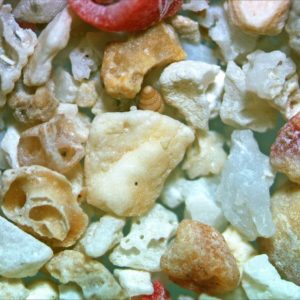
17x
Agates and broken shells of the Holocene in an eroded mountain sample from Papau, New Guinea
From vertebrates, bones and teeth are the most likely body parts to fossilize. The next section focuses on skeletons.










